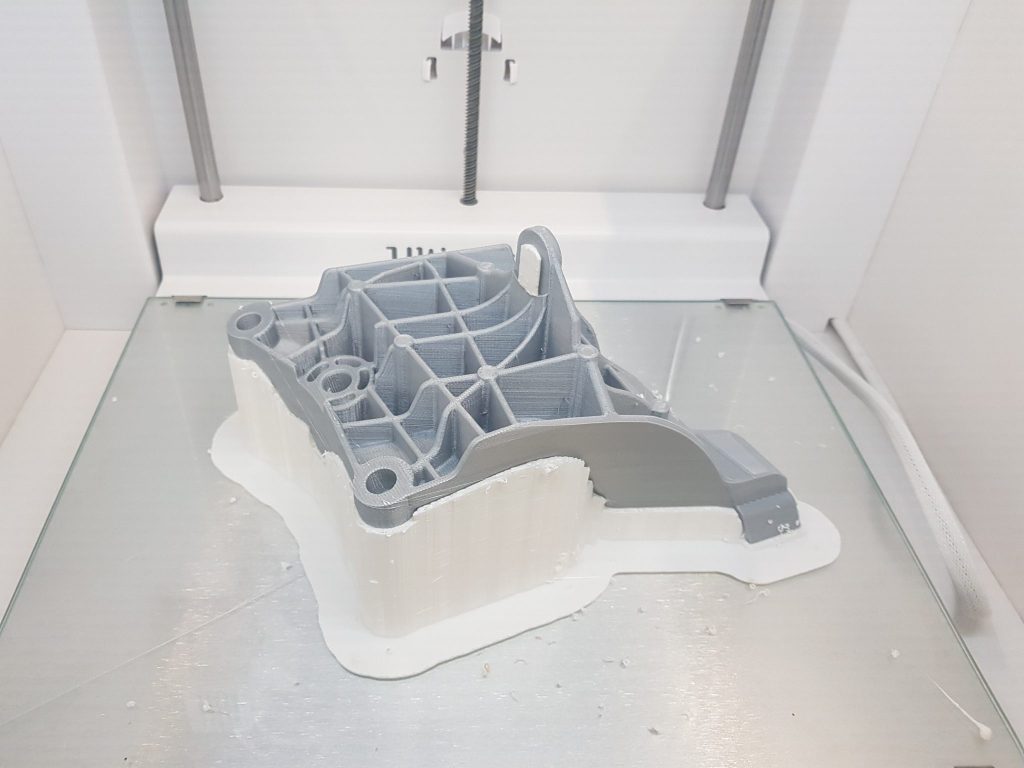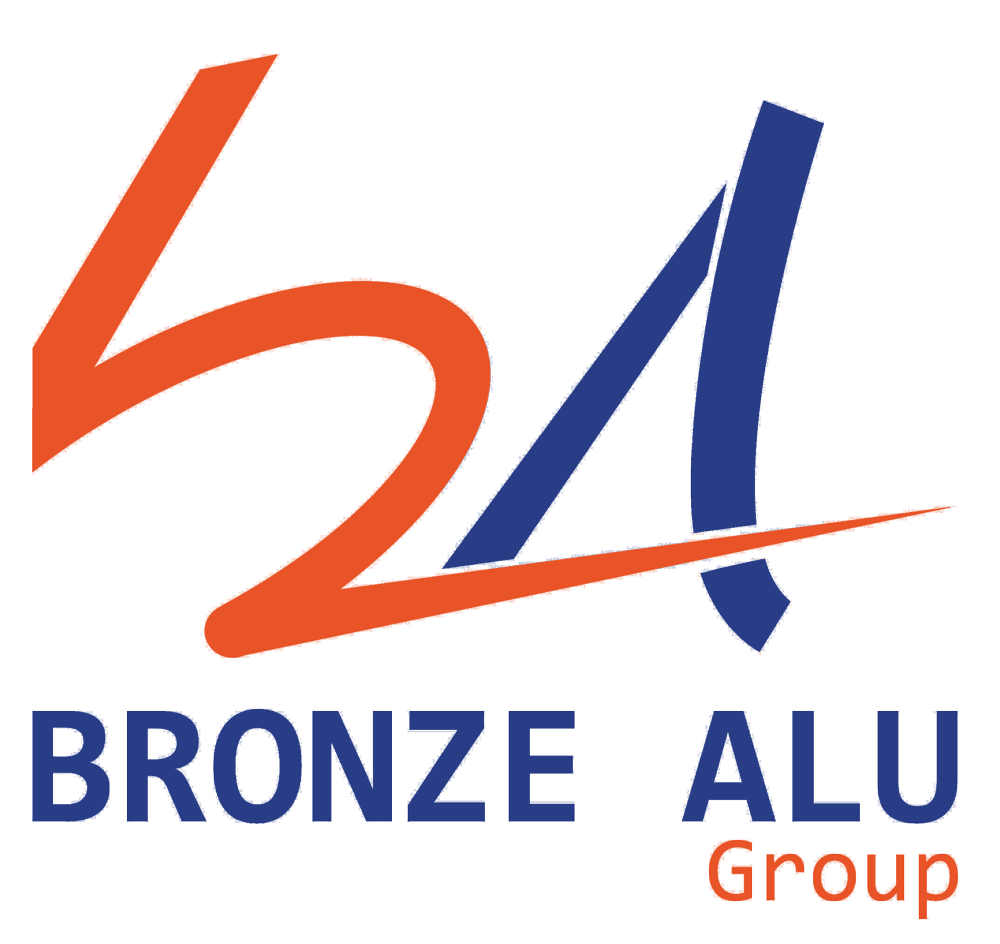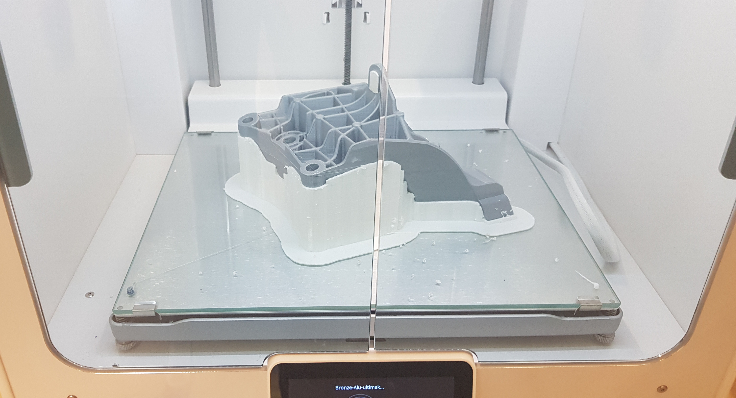As part of the project group 4.0 (related to the study of new technologies and the digitization of data in the industry), we decided, in July 2018, to invest in a 3D printer.
Our decision was justified by the following foreseen benefits :
– Printing of prototype parts during the design phase.
Having a “physical” part during the design phase allows our cross-disciplinary team to quickly highlight any design flaws that can sometimes be difficult to see on a 2D or 3D view, allowing us to better work on our products to reduce our manufacturing costs.
– Production of robot gripper’s prototypes in a very short time.
When we study various process changes, or develop new processes, 3D printing now allows us to make in a very short time, gripper’s prototypes allowing to quickly go for or put aside ideas or principles.
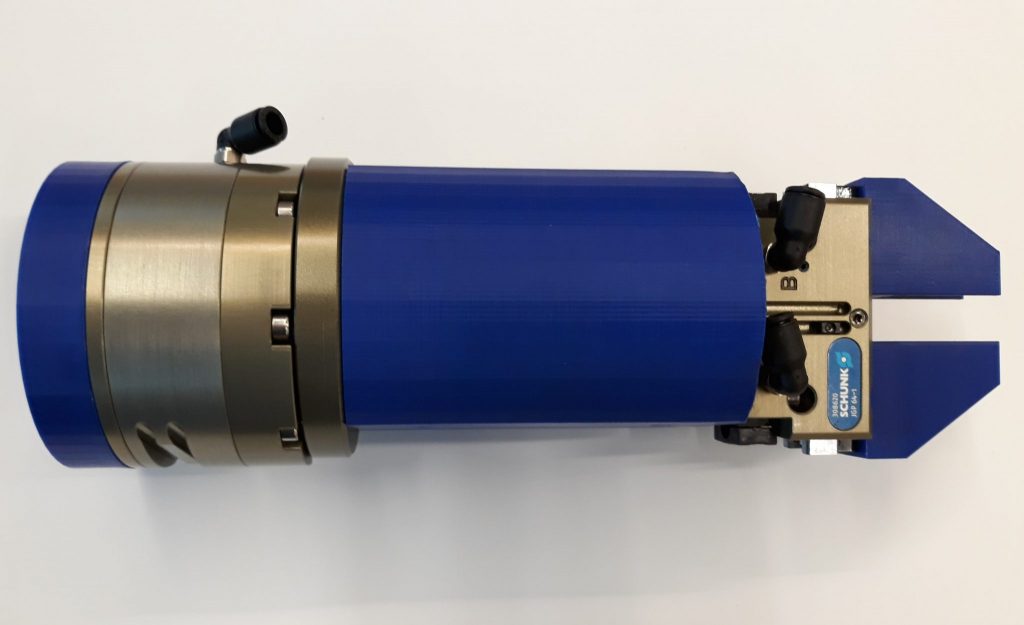
– Production of spare parts:
The 3D printer will allow us to manufacture in-house some spare parts such as our Teflon grip jaws, or bezels on some machining or assembly fixtures.
Our choice was made on the Ultimaker S5 printer.
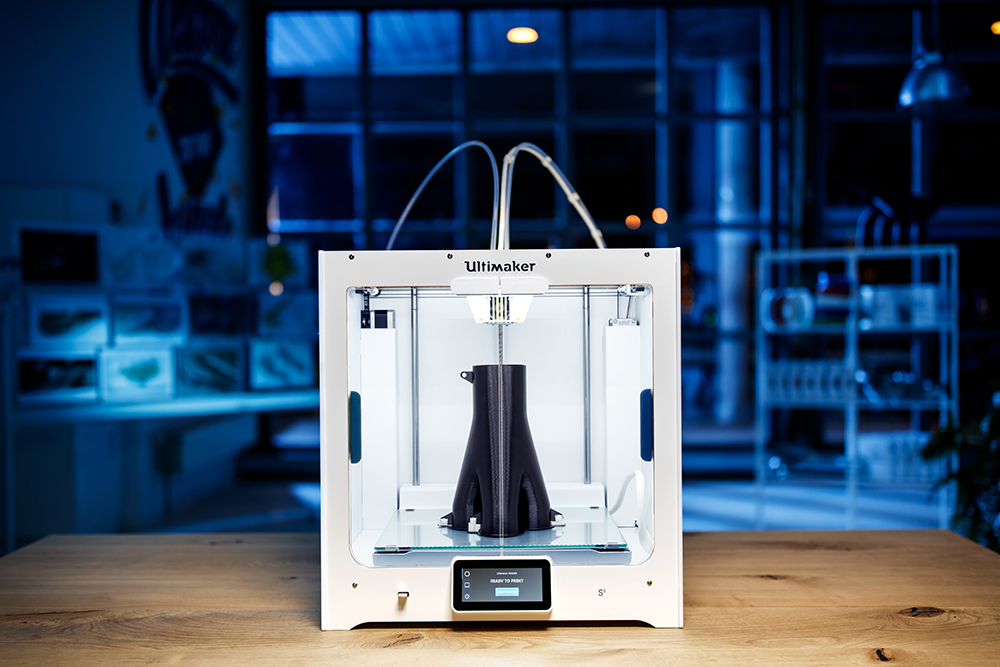
This printer is currently one of the most versatile on the market and especially one of the most ergonomic.
It is able to print more than 10 different types of plastics depending on whether we wish to favor the aspect or the mechanical characteristics (resistance to friction / resistance to temperature / soft materials / …).
Moreover, it is one of the only bi-material printers on the market, so it is possible to :
– print two-tone pieces
– print parts with 2 plastics with different characteristics (grip jaws resistant to clamping forces and not scratching the parts handled using a flexible material at the product interface
– Print complex shapes by using a plastic that breaks up in the water in minutes.
